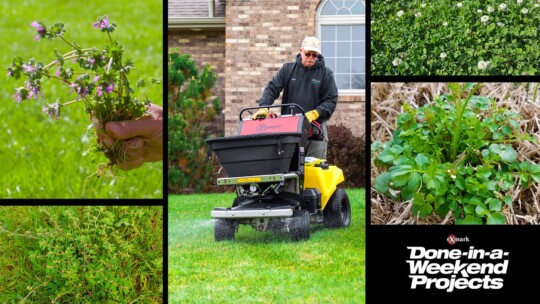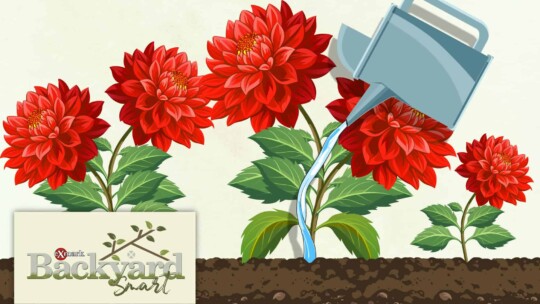Sometimes your plants need to be relocated. Maybe they could stand a little more sun, a tad more space to grow—or perhaps you just want to redesign your backyard! That’s when its time to start thinking about transplanting or moving your plants. Utilizing a tried-and-true method will help you safely move your plants; all it takes is some know-how, elbow grease, and a shovel. Follow these tips and you’ll be transplanting plants like a pro in no time.
Best Time to Transplant Plants
When it comes to transplanting plants, the time of year matters. Perennials should be moved in the spring, when other flowers are in bloom and the days are cooler. Conversely, shrubs should be relocated in the fall—the cooler air and warmer soil temperatures make for perfect transplanting conditions. Regardless if you’re moving in the spring or fall, make sure to transplant on a cloudy, cool day. Doing so helps protect your plants’ roots from the harsh sun and keeps more moisture in their soil.
Never move your plants in the summer or winter. Hot, summertime weather can kill sensitive roots, especially during the time of year when they’re needing water the most. Likewise, the cold, hard ground of the winter months will make it virtually impossible for your plants to take root.
Transplanting Rules of Thumb
Now that you know the “when” of transplanting, it’s time to learn the “how.” To begin, picture a circle around your plant. You’re imagining its root ball—the mass of roots and packed-in dirt that helps provide your plants the necessary nutrients and stability to grow.
Here’s where it gets tricky. For perennials, dig the circle at least three inches out from the edge of the plant. Shrubs are a different story. Instead of digging out from the furthest part of the shrub, you need to first measure the circumference of its stem. For every inch in stem thickness, you need to draw the length from the circle to the stem a foot longer. If your shrub has a two-inch-thick stem, you need to measure a circle that’s at least four feet in diameter (or, a radius of two feet from stem to circle).
Now that you have your measurements down, it’s time to dig. Always dig straight down, as digging too shallow and at an angle can lead to damaged roots—a worst case scenario. Damaged roots can stunt growth, ultimately killing your plants.
Once you’ve dug up your plants, knock a little dirt loose from the compacted root ball. This enables the roots to hang free, and encourages your plants to take root in their new home.
Relocating and Transplanting Your Plants
Once your plants are fully excavated, it’s time to dig their new homes. Make sure to always dig the new holes at the same depth as the existing ones. Planting too deeply can encourage water pooling around the root system—effectively drowning your plants. Planting too shallowly has an opposite, but equally deadly, impact: it exposes the root system to warmer weather and can dry it up. For even easier reference when transplanting shrubs, the root flare—the area where the stem expands at the base—should be partially visible at the soil’s surface.
And, there you have it! All that’s left to do is fill the remainder of the hole with soil, then water until moist, rinse, and repeat. Now get outside and get moving… Your plants will thank you for it!
Get backyard smart and find the answers to the lawn-and-garden questions homeowners are looking for: watch more Backyard Smart Tips



